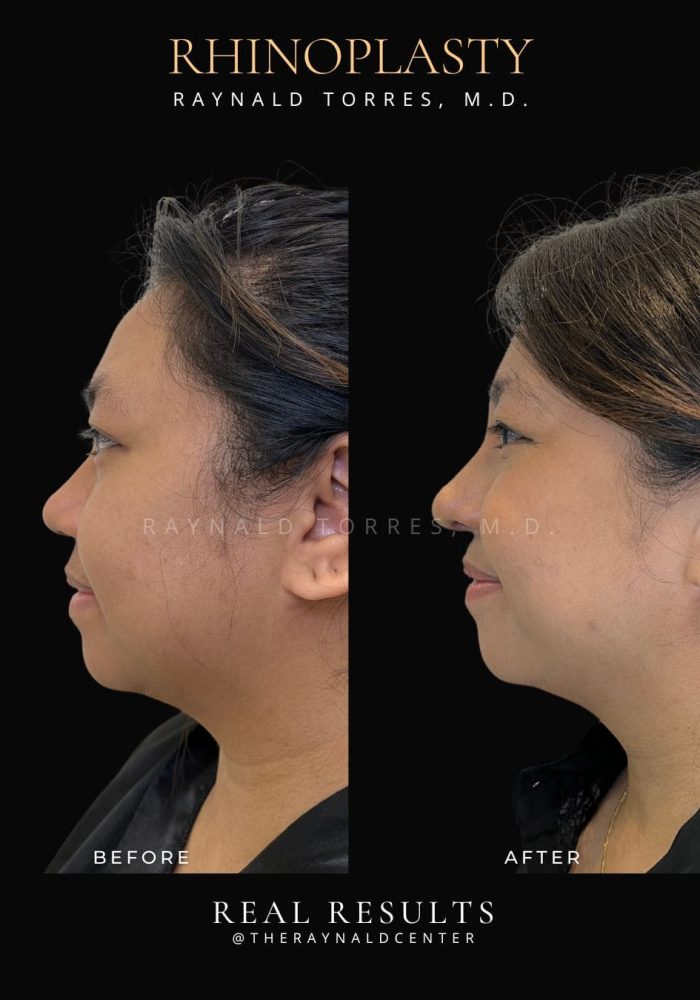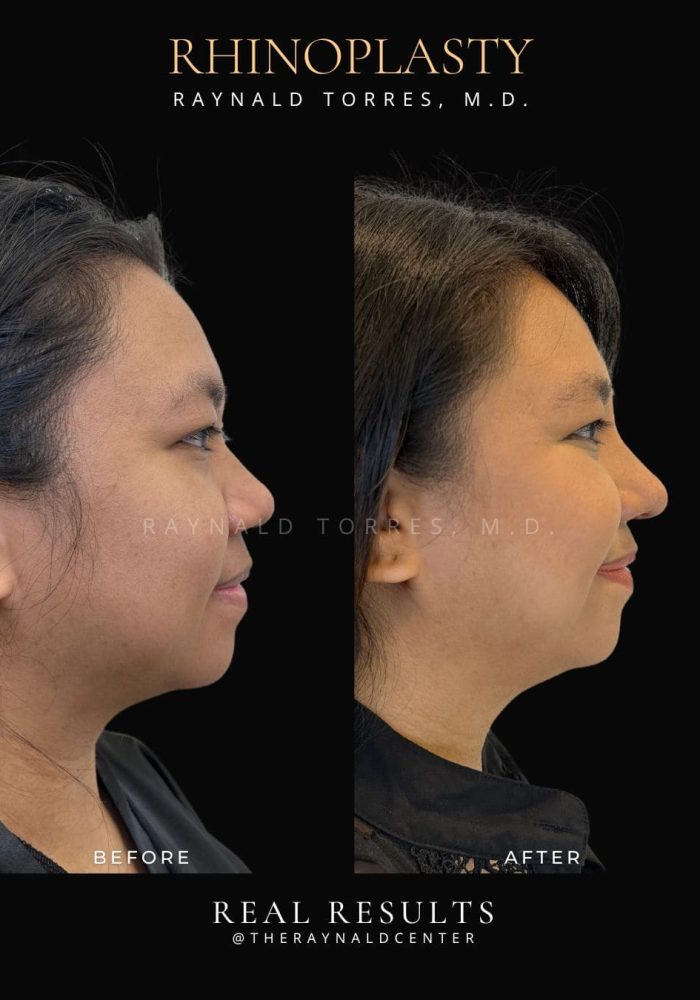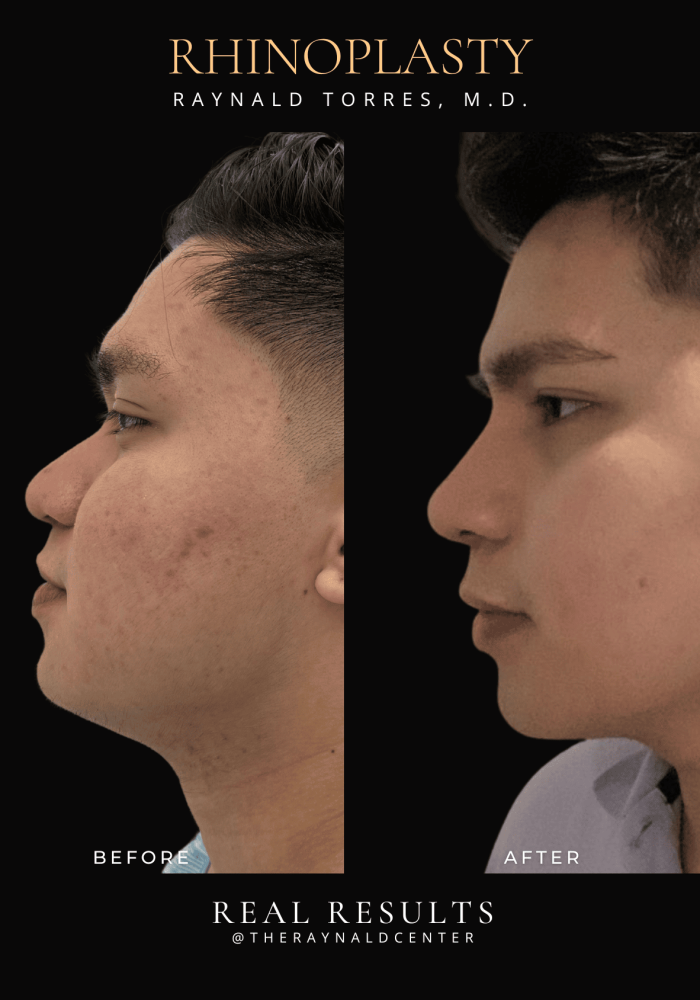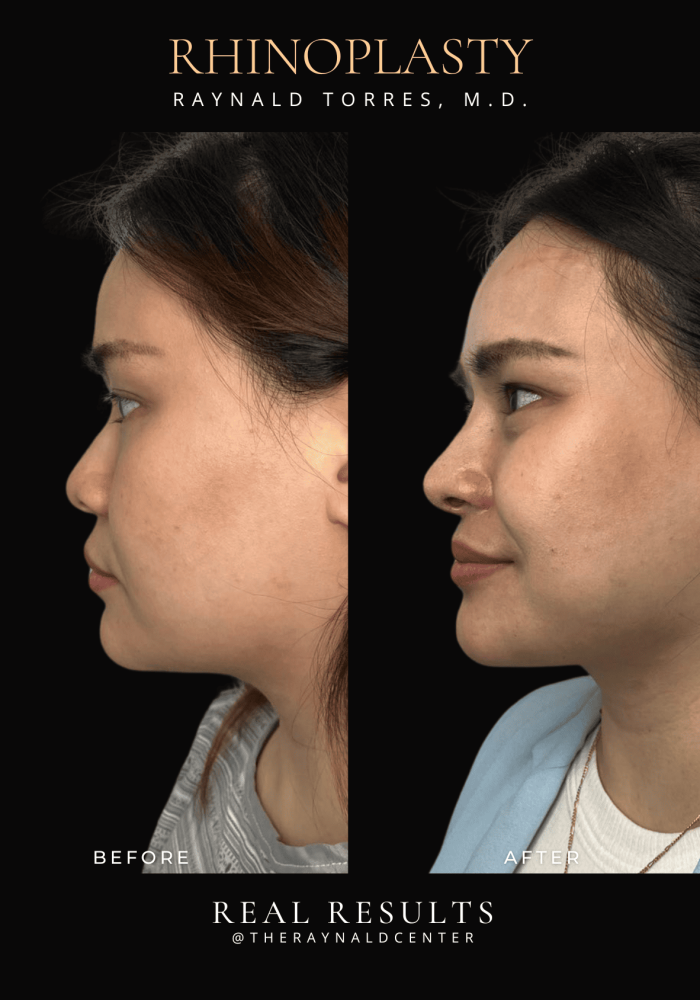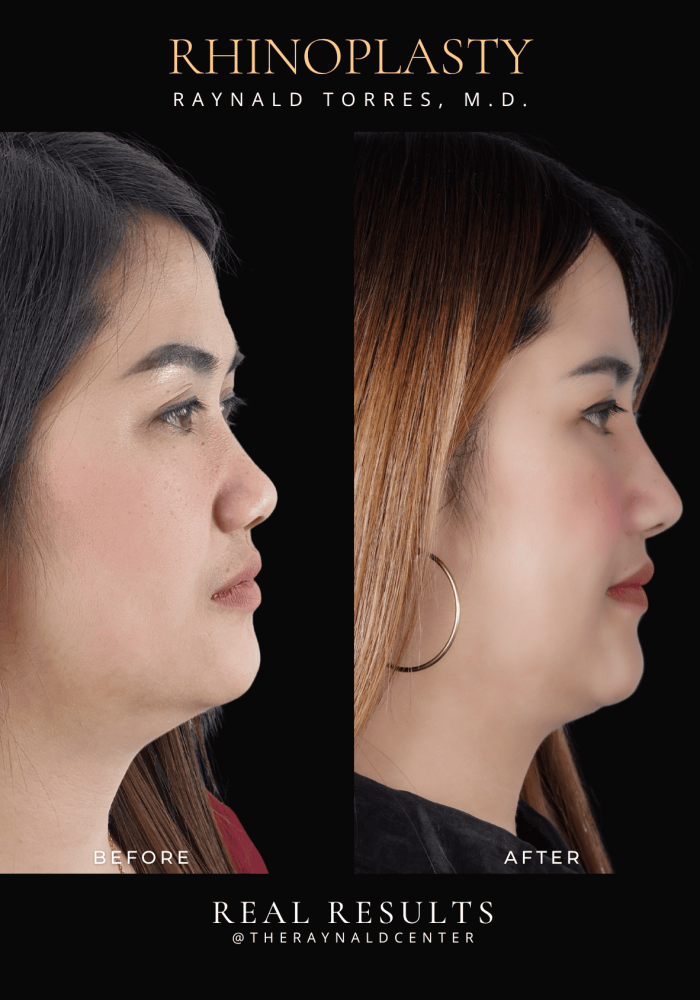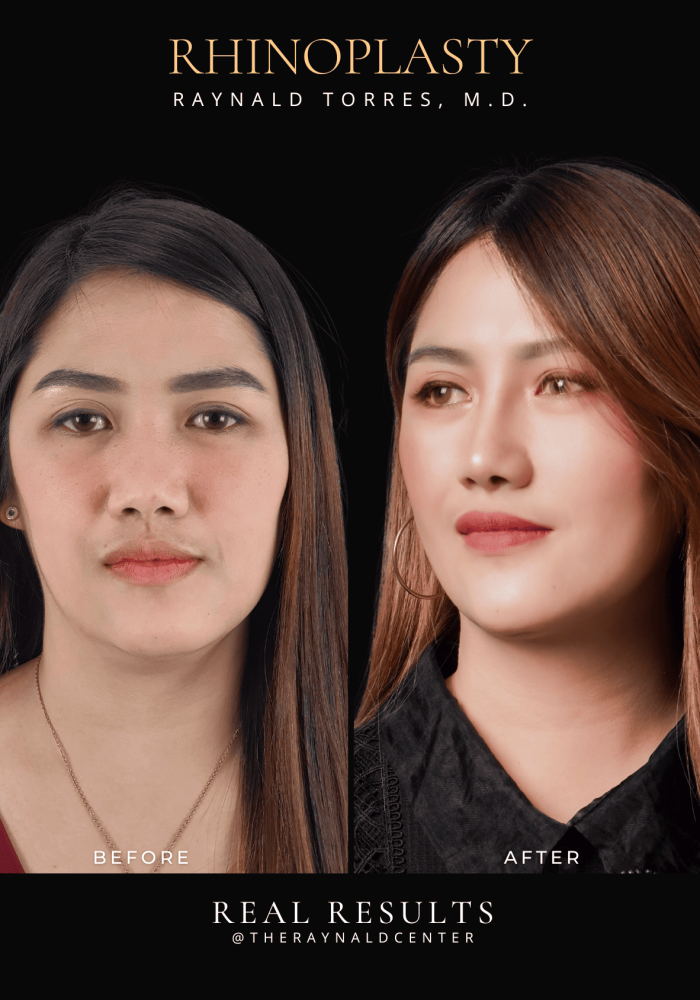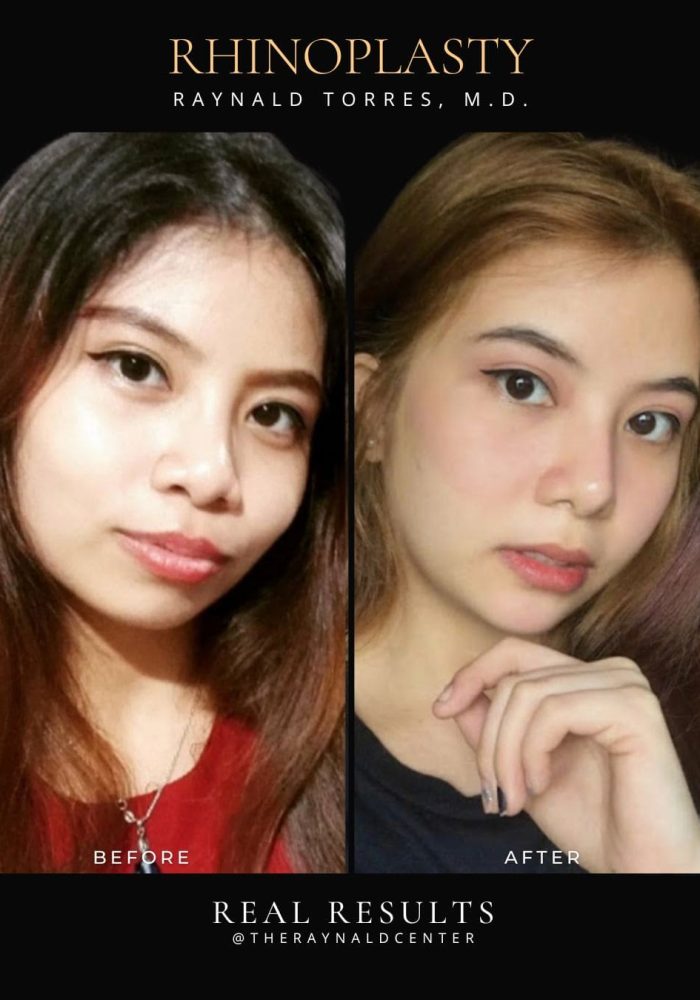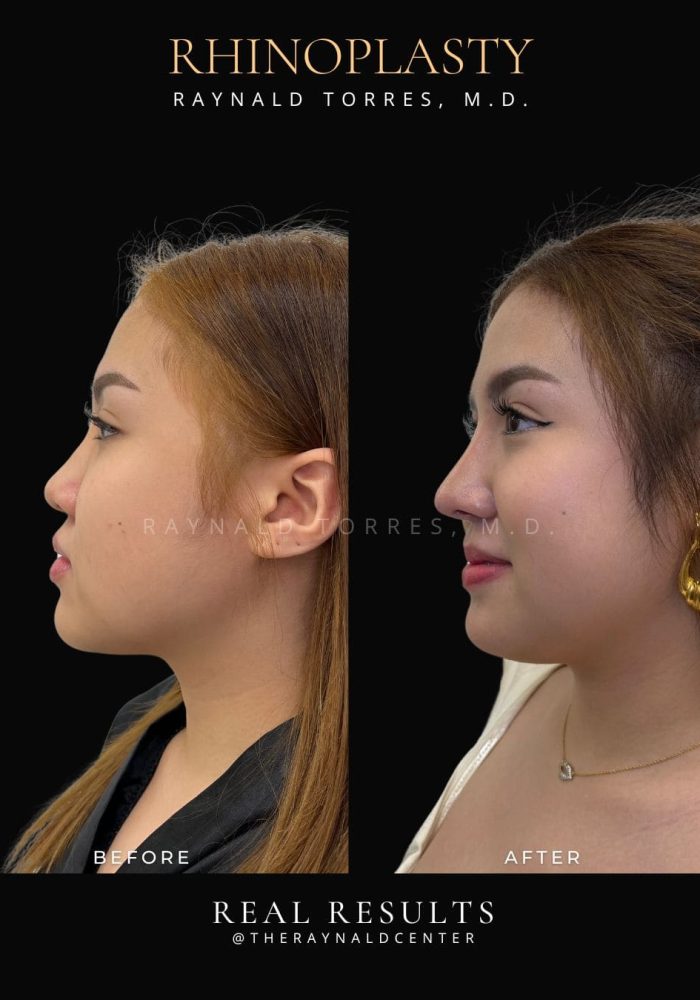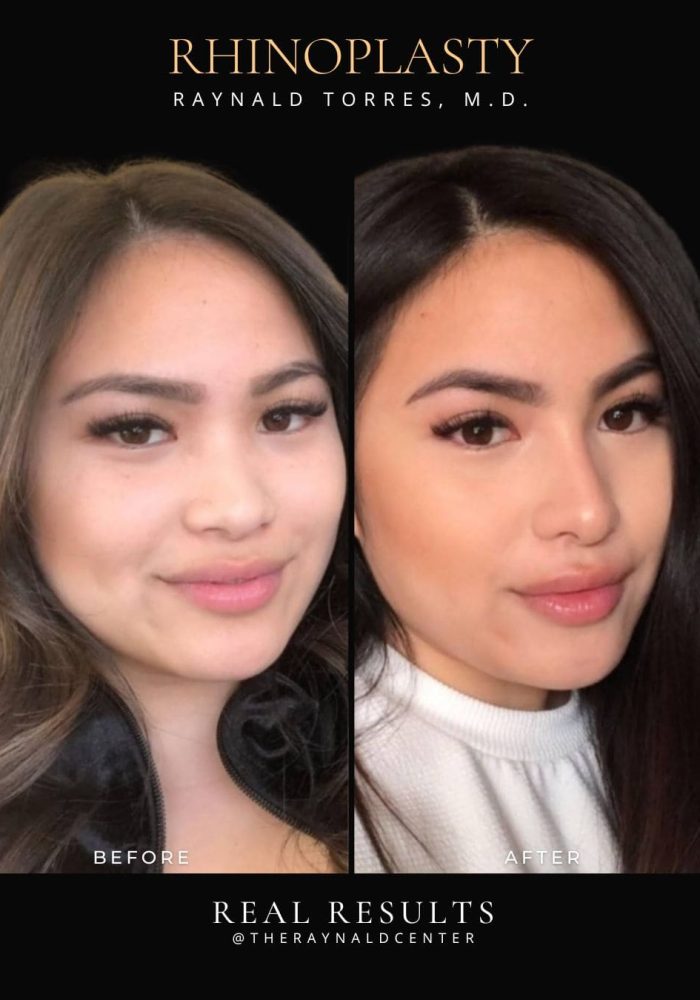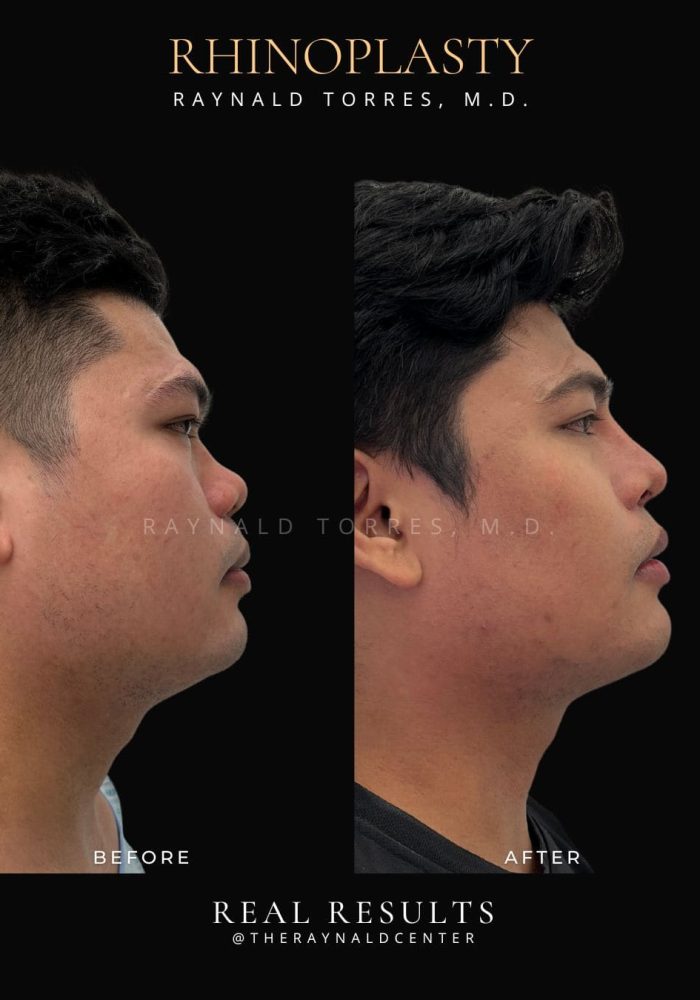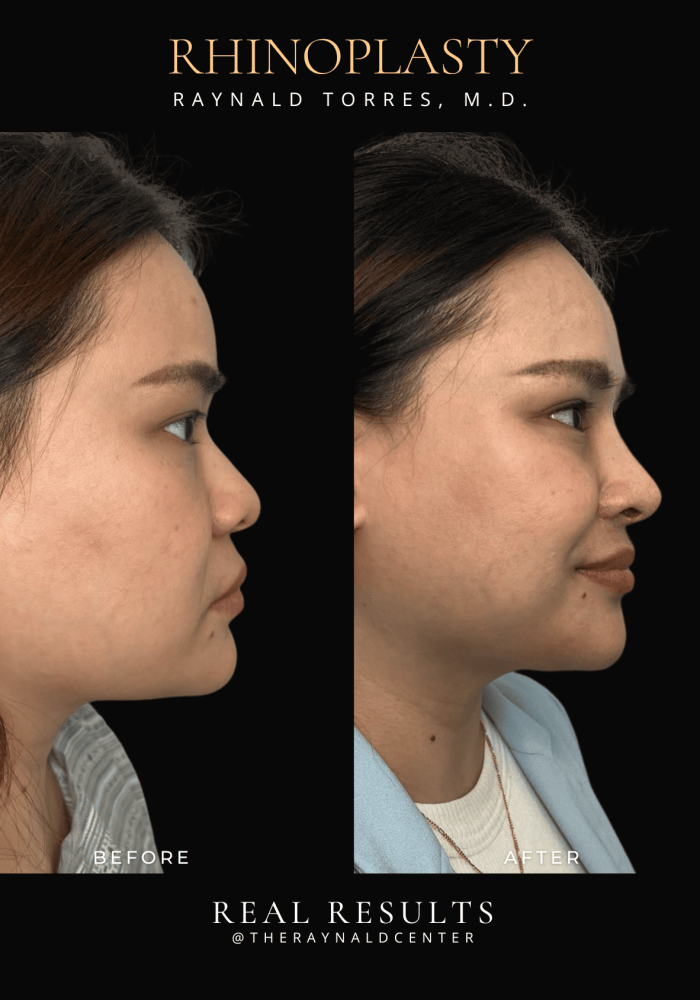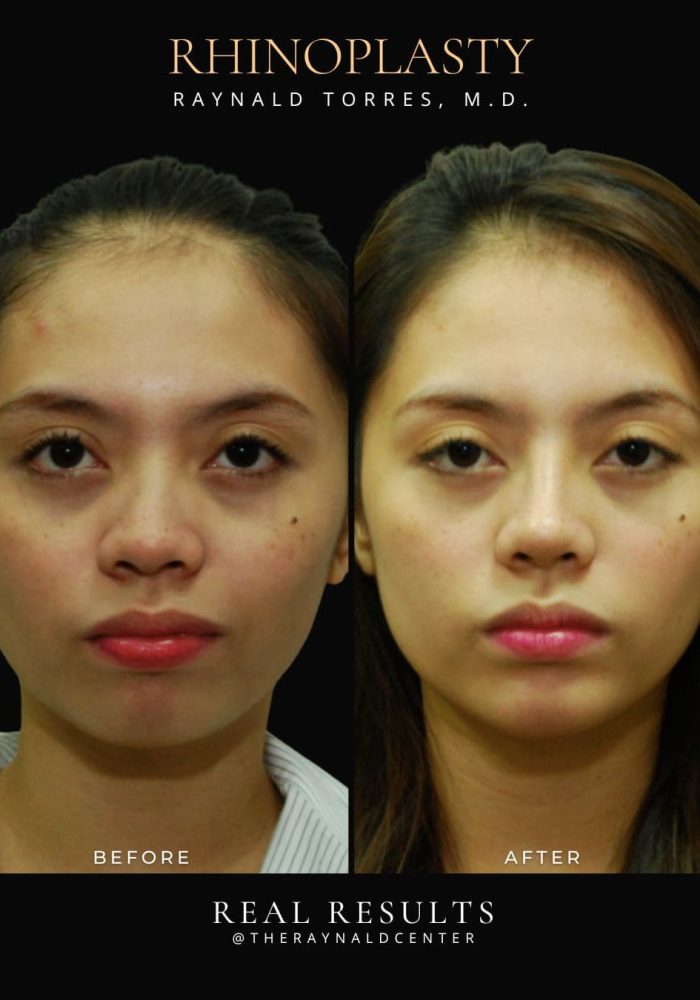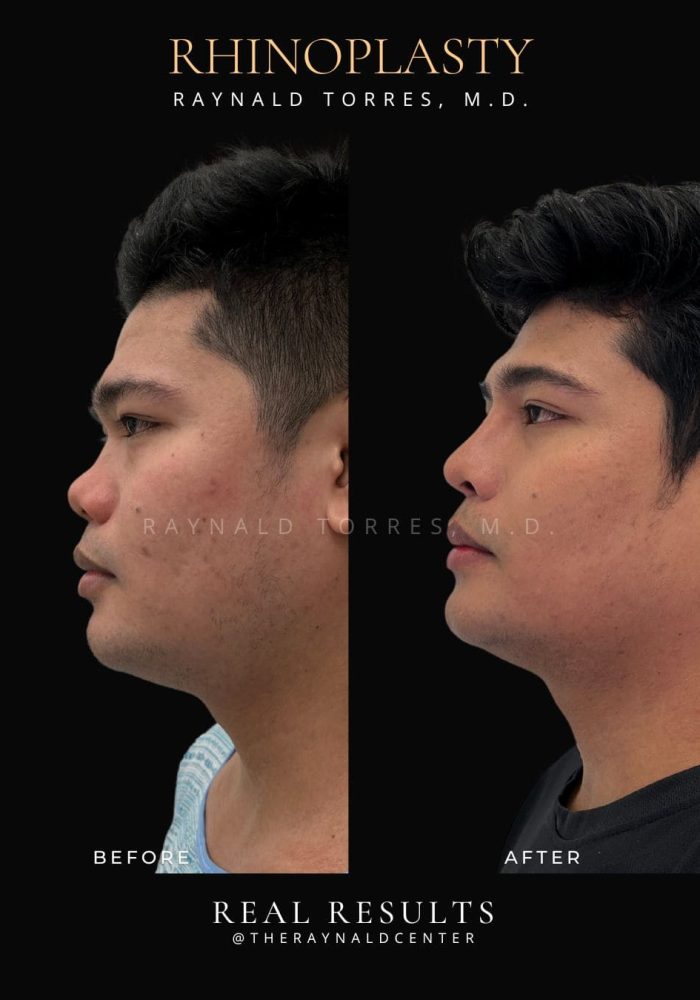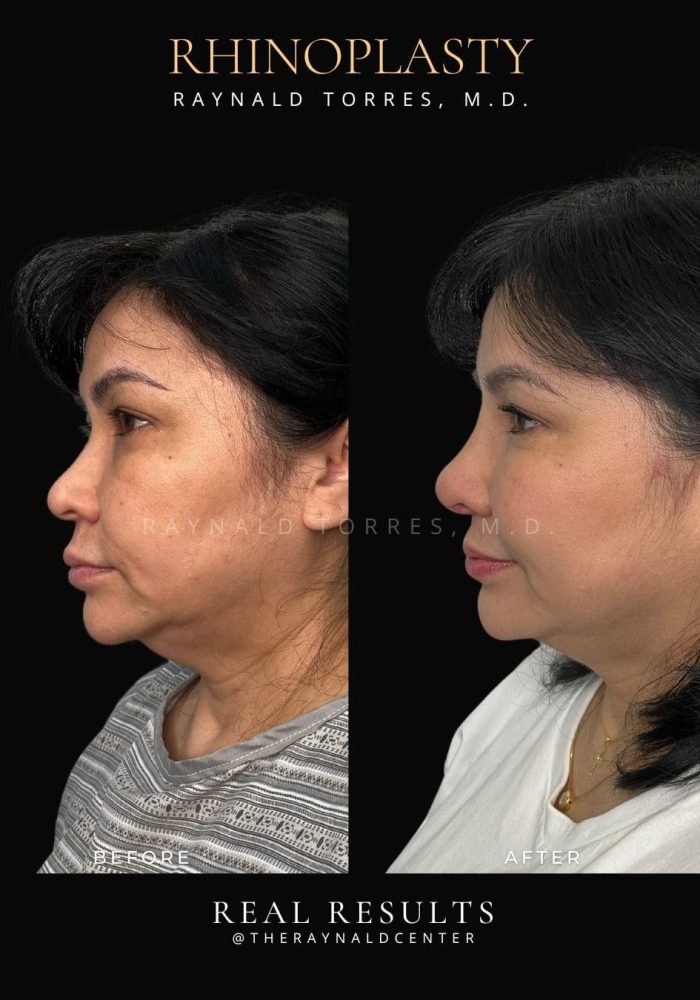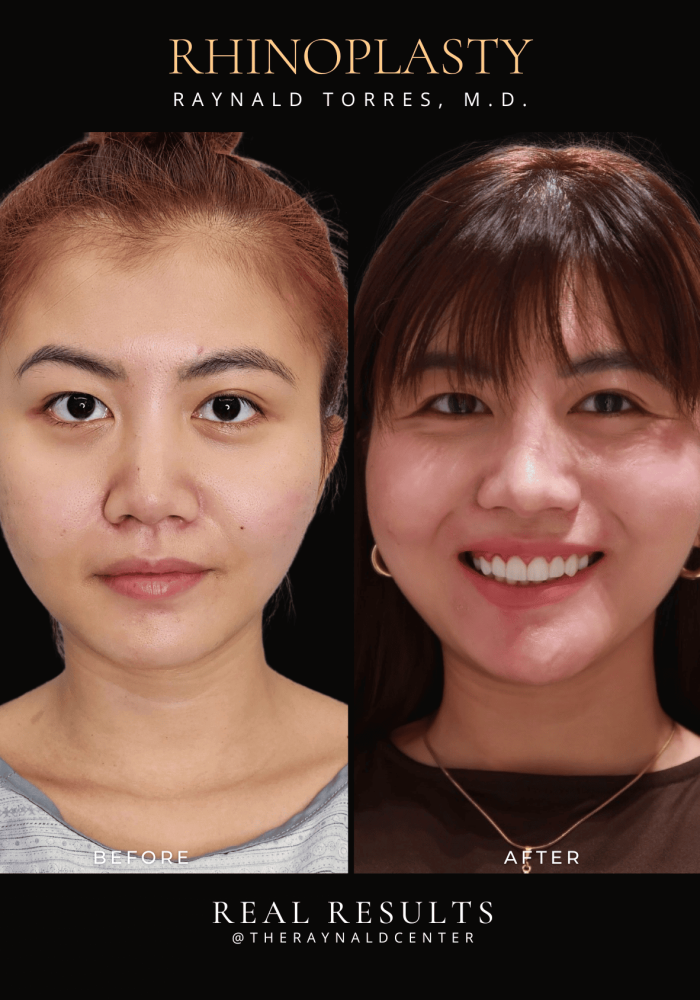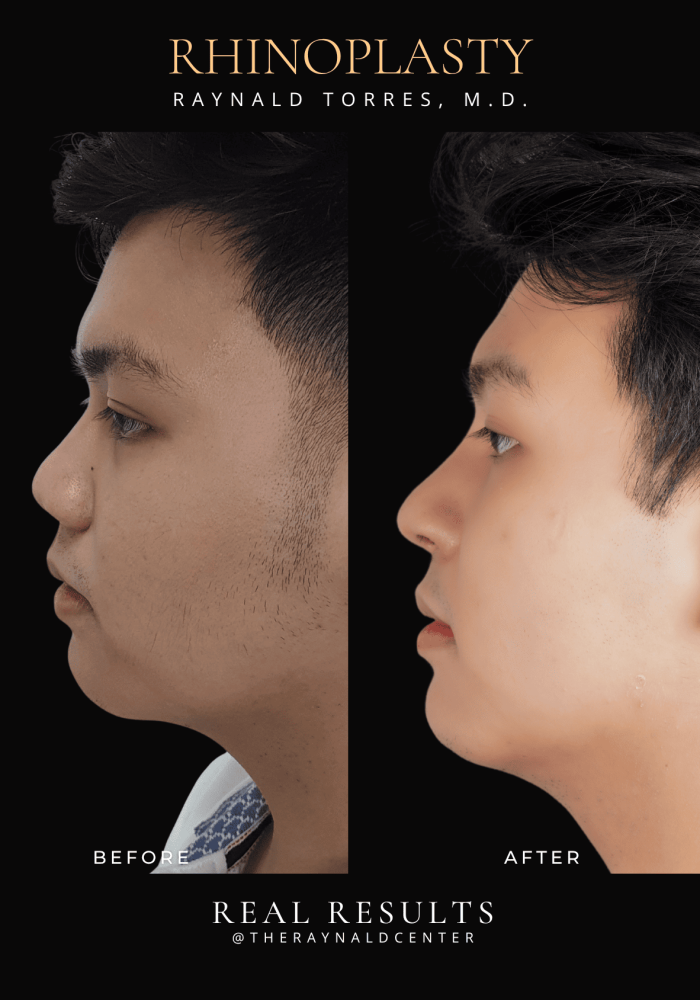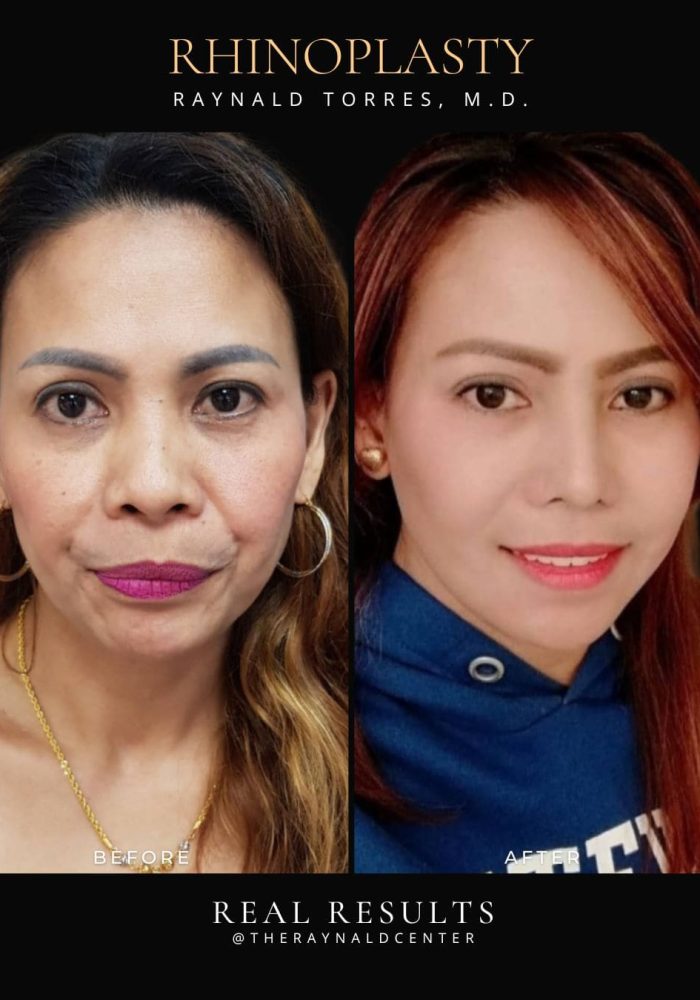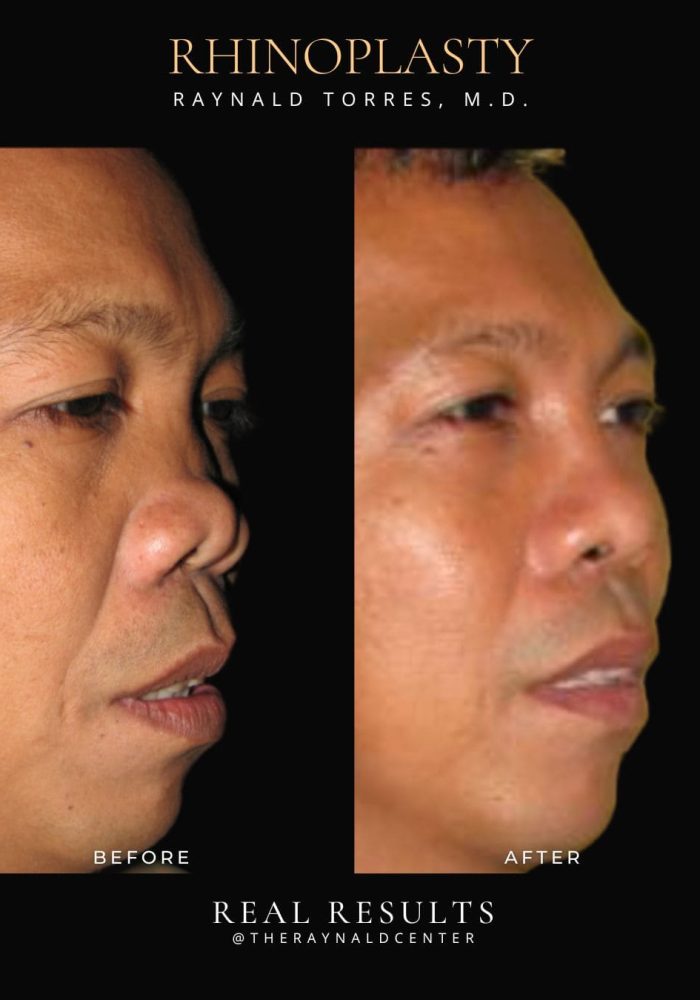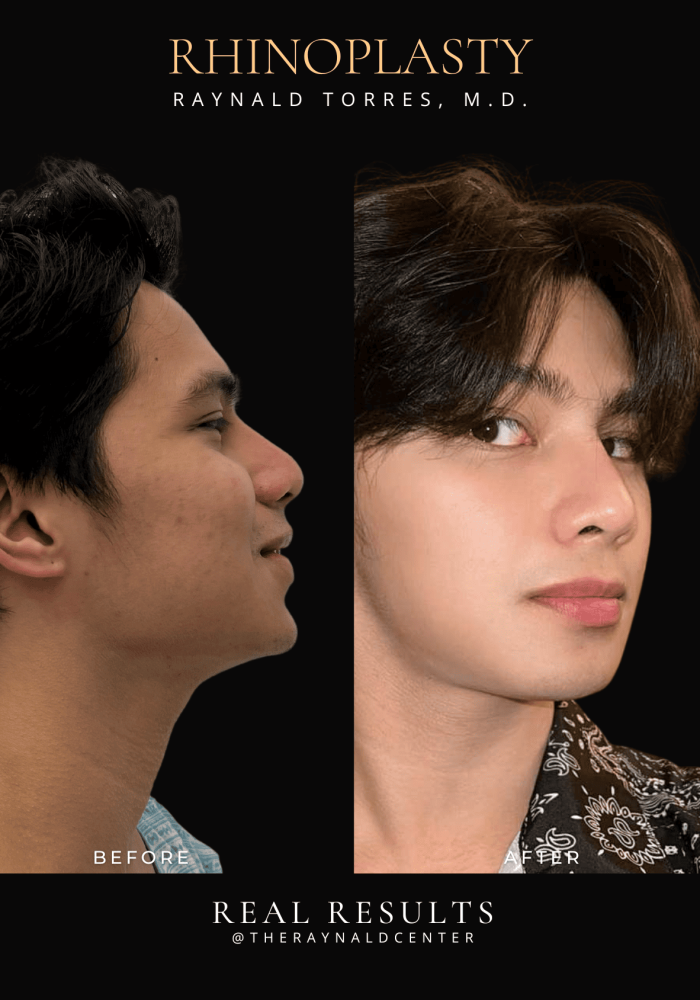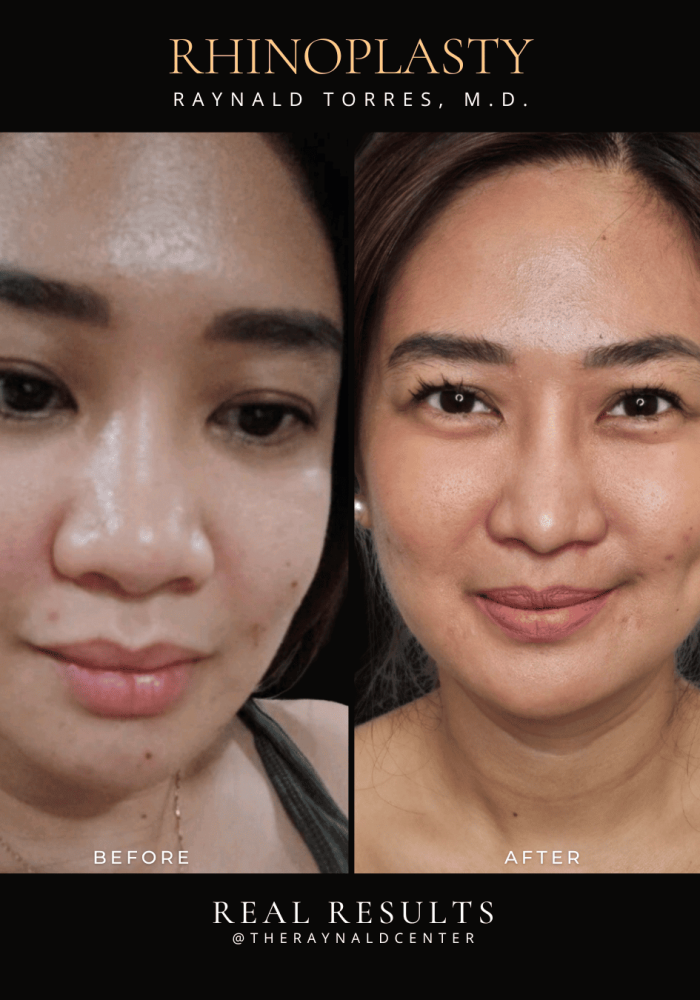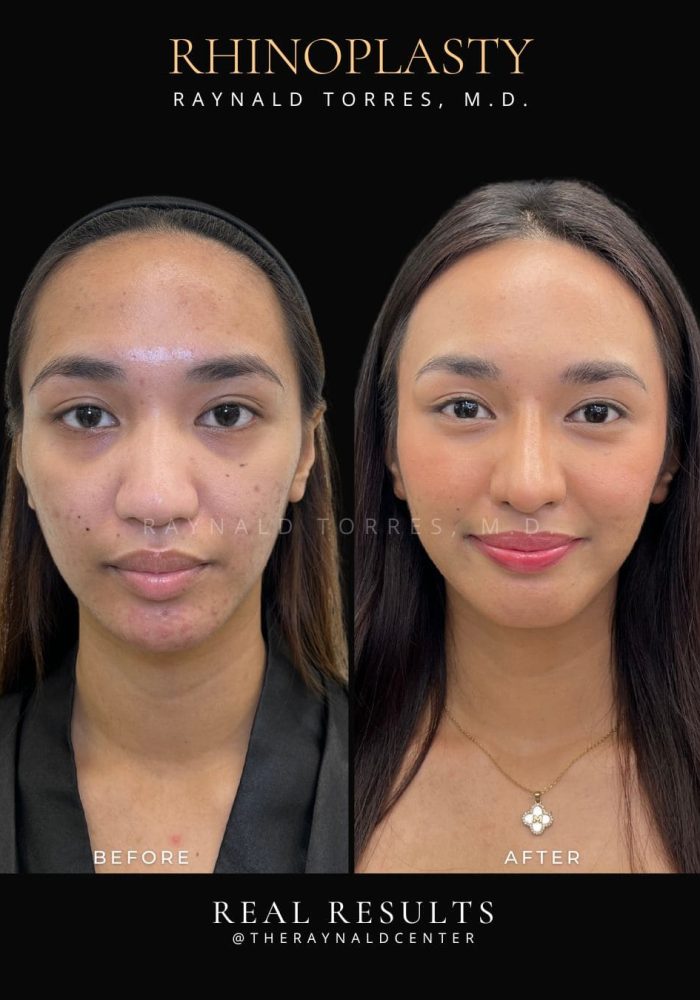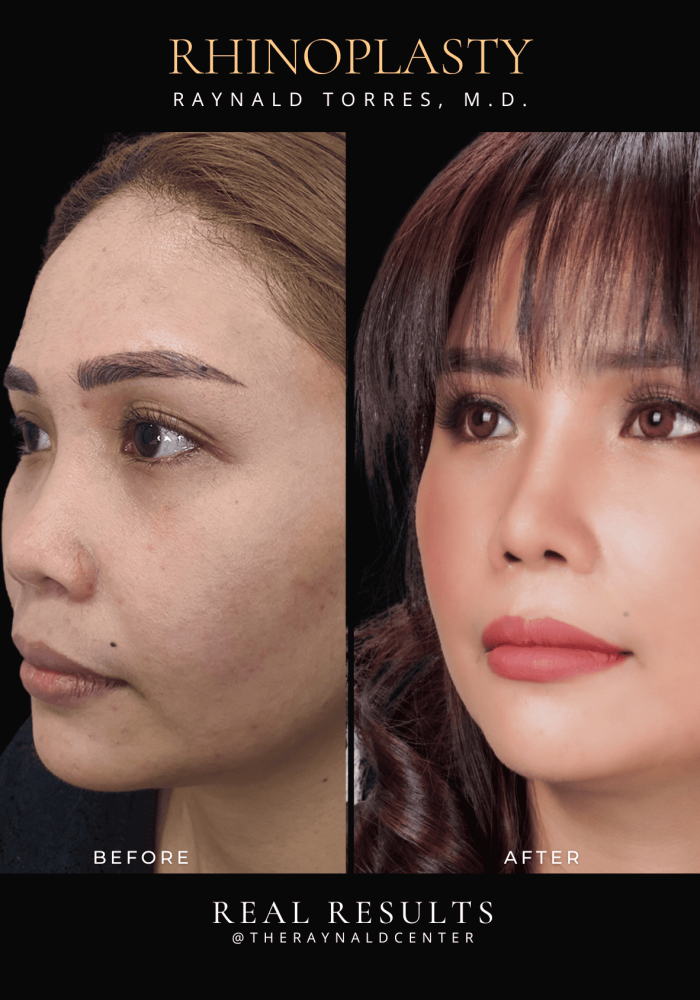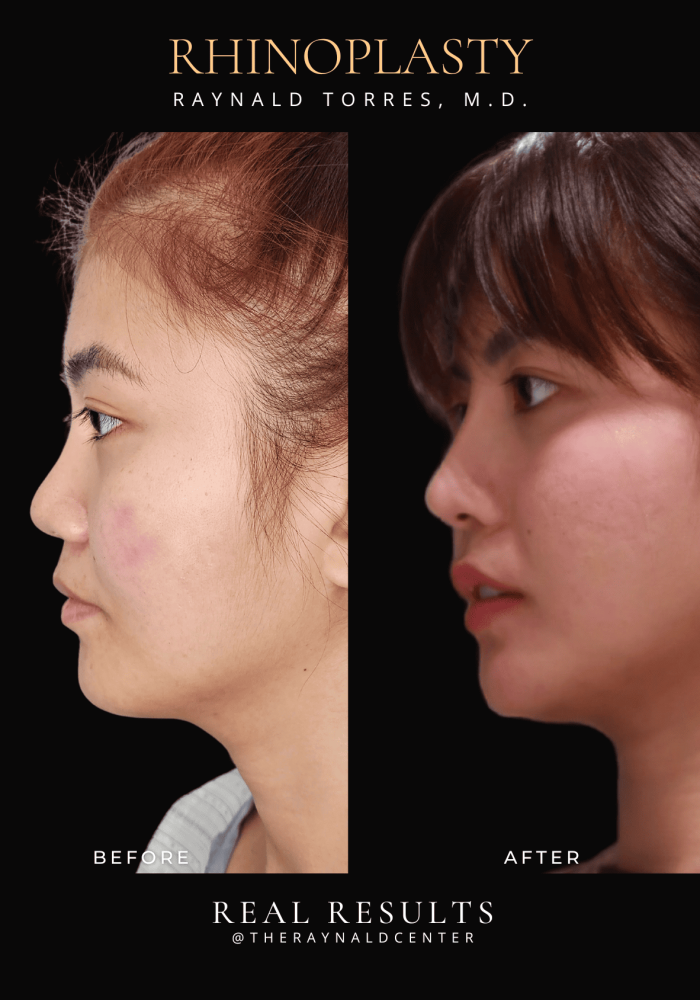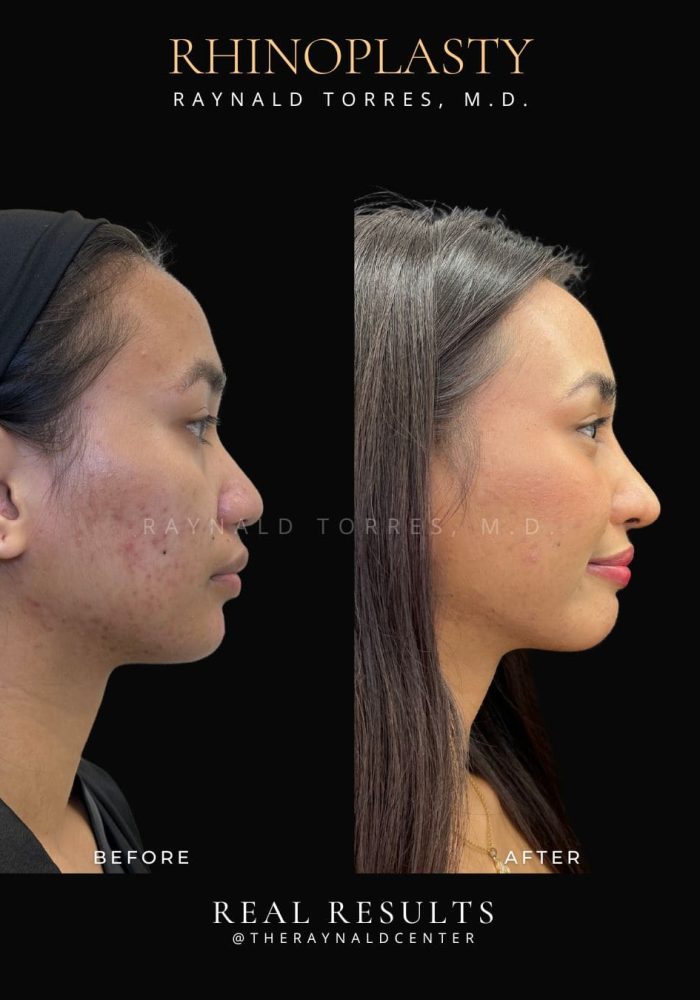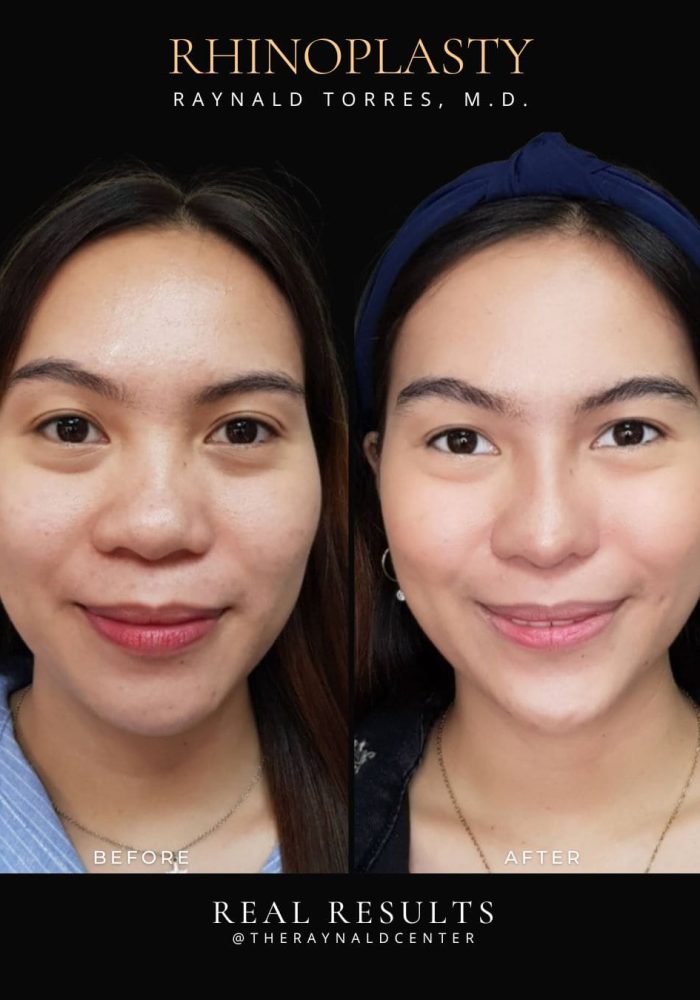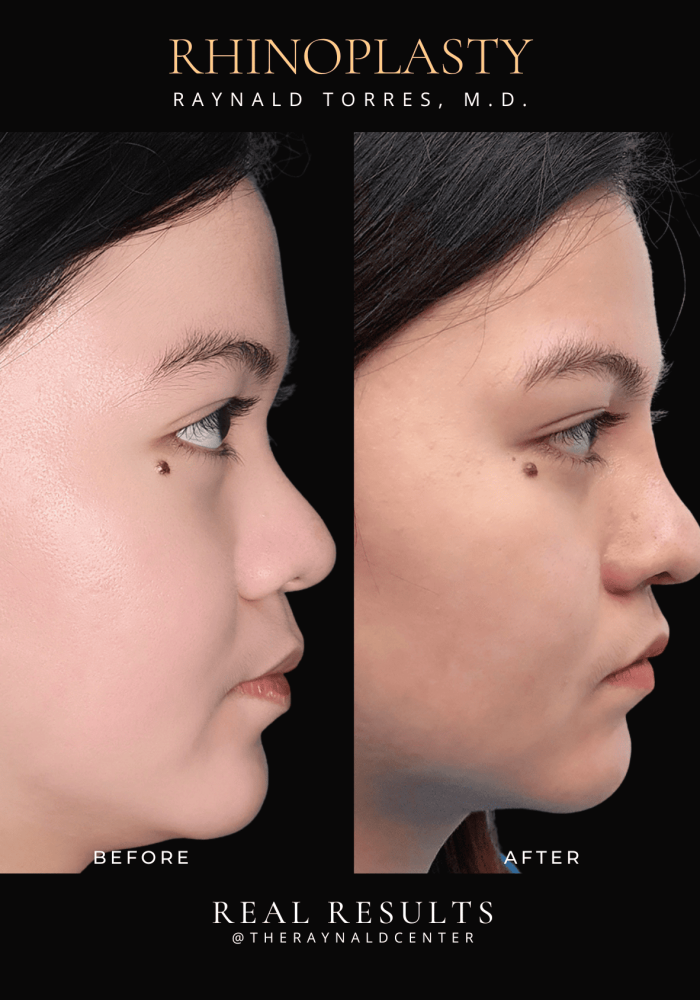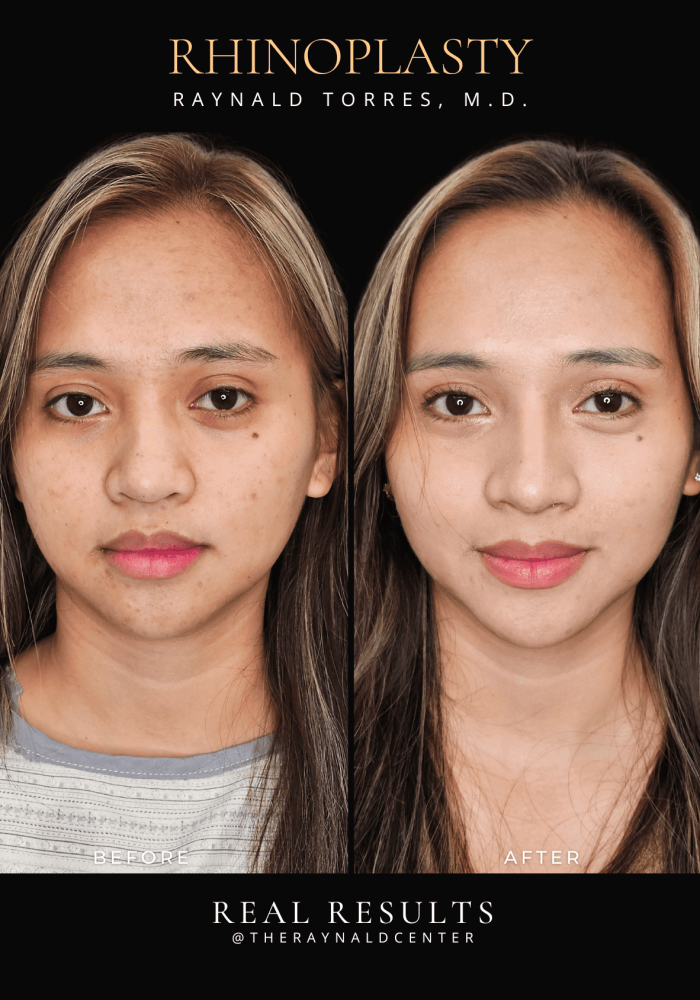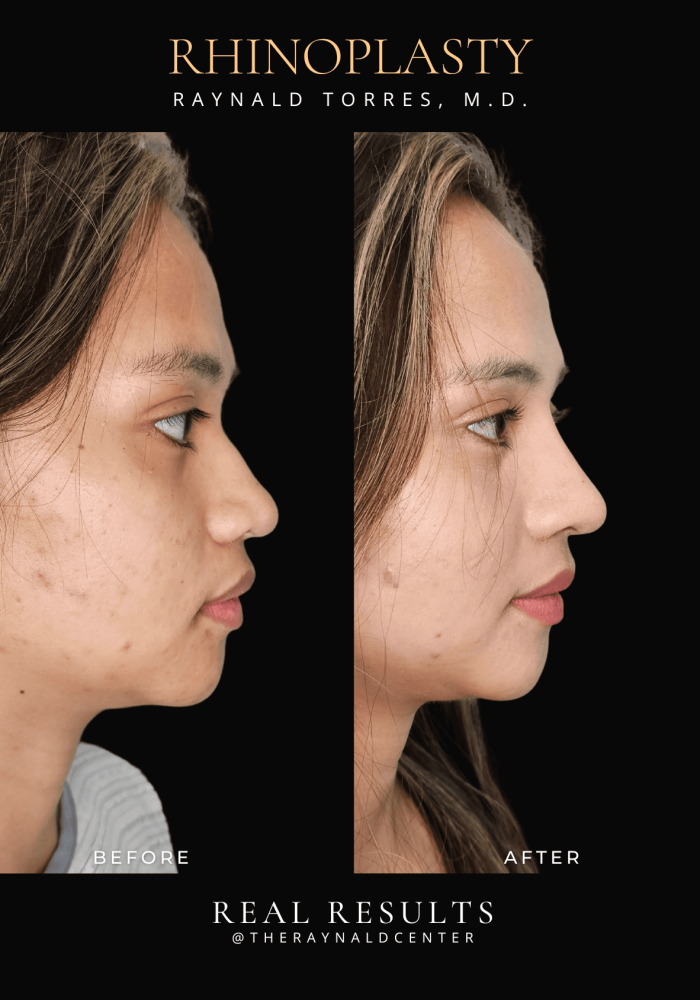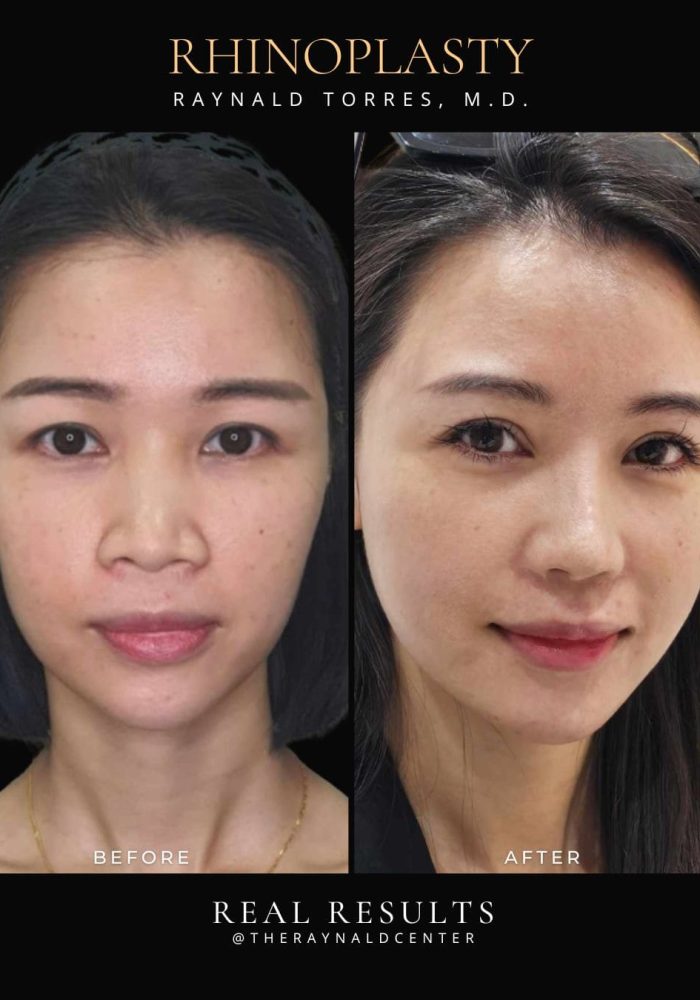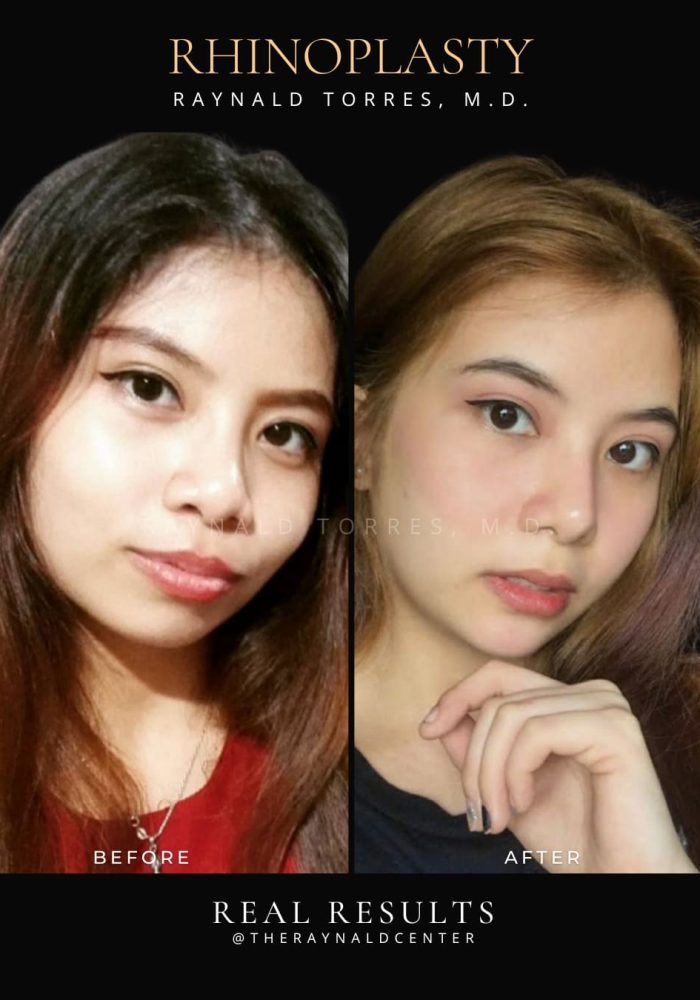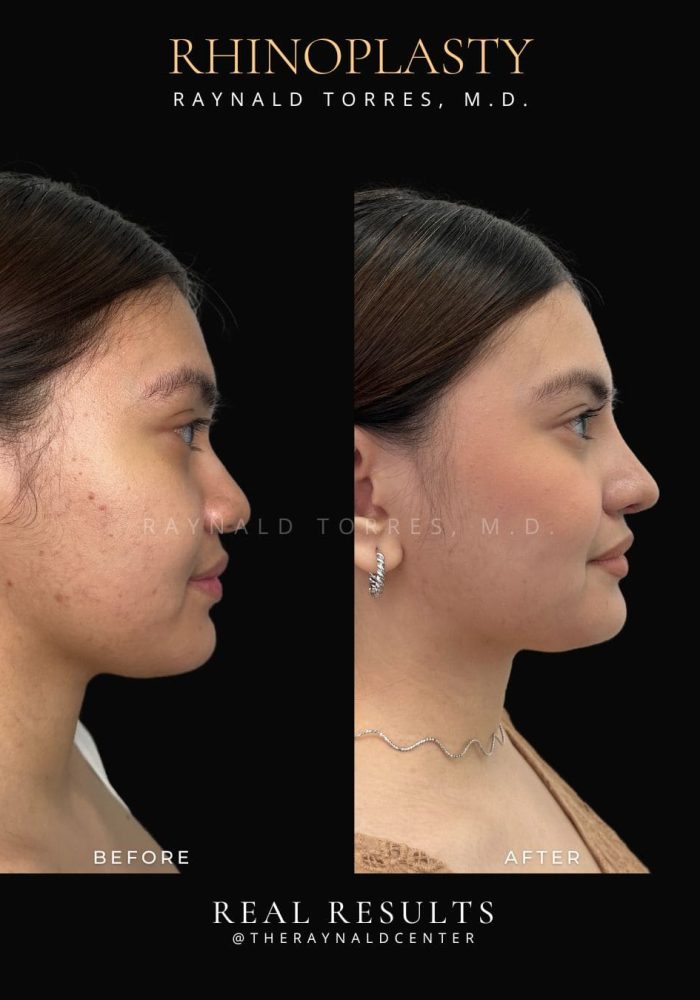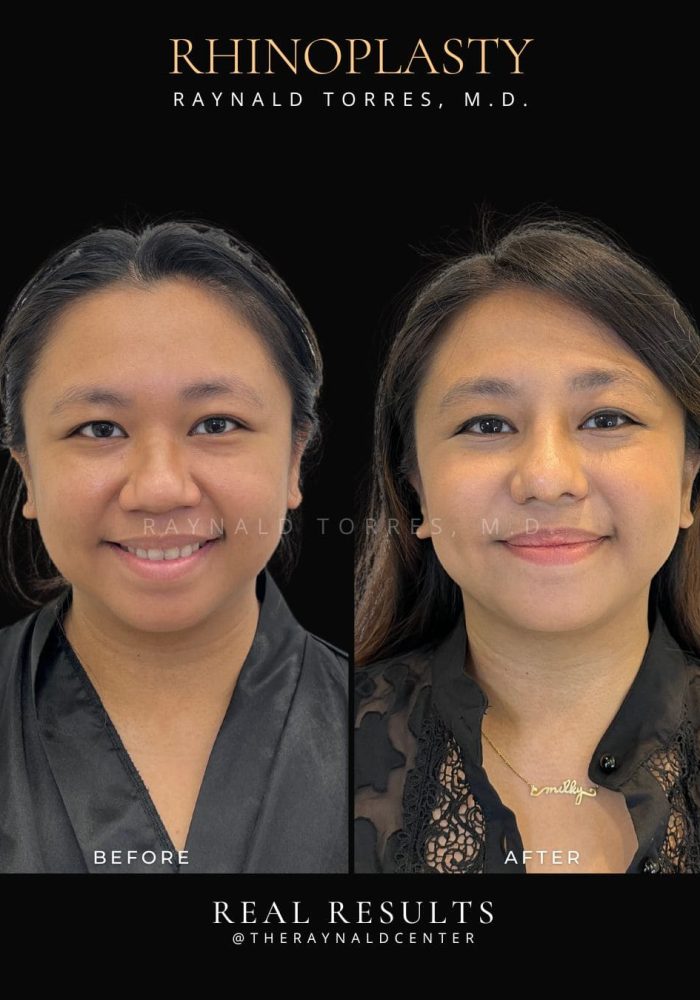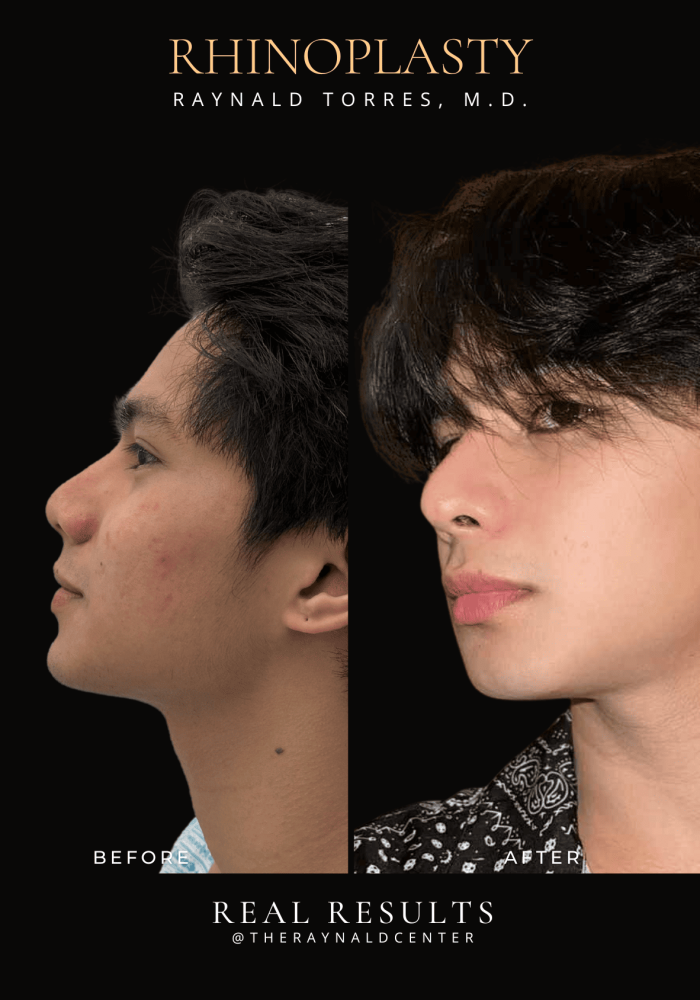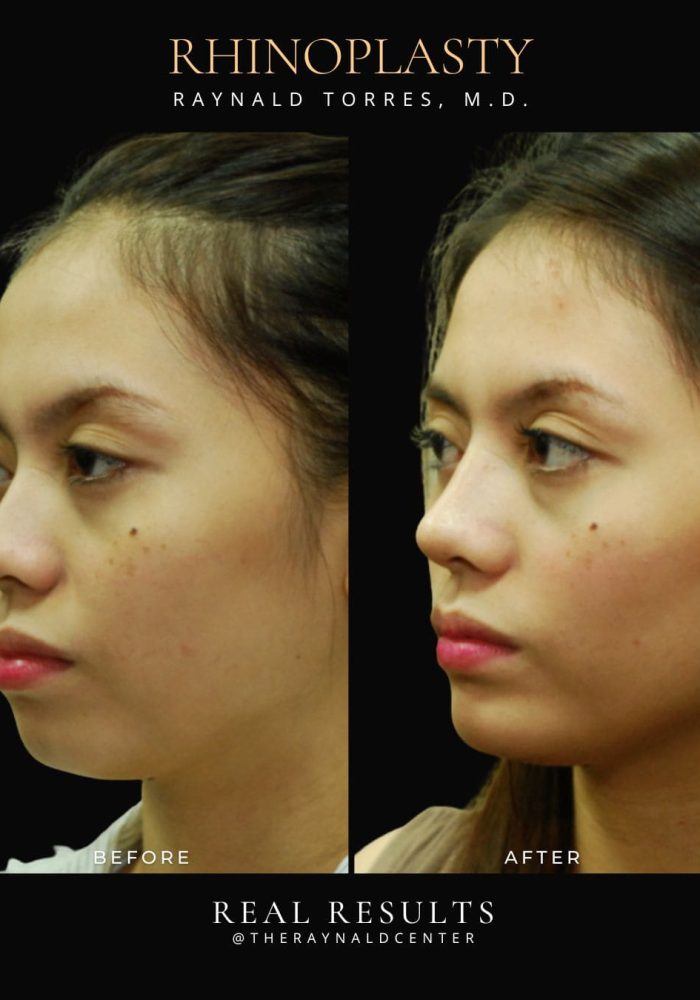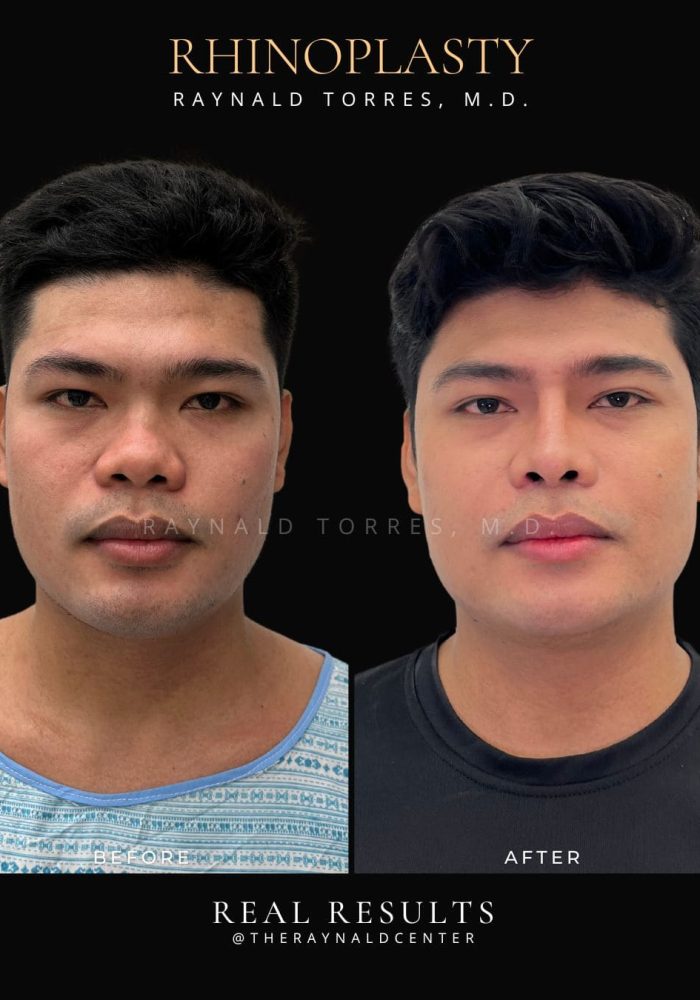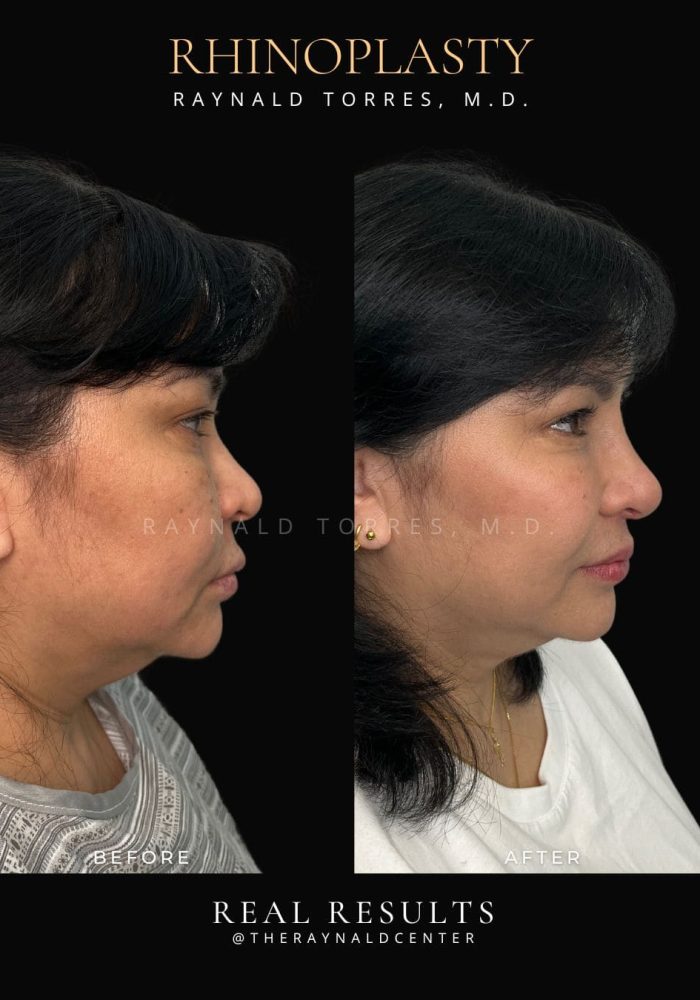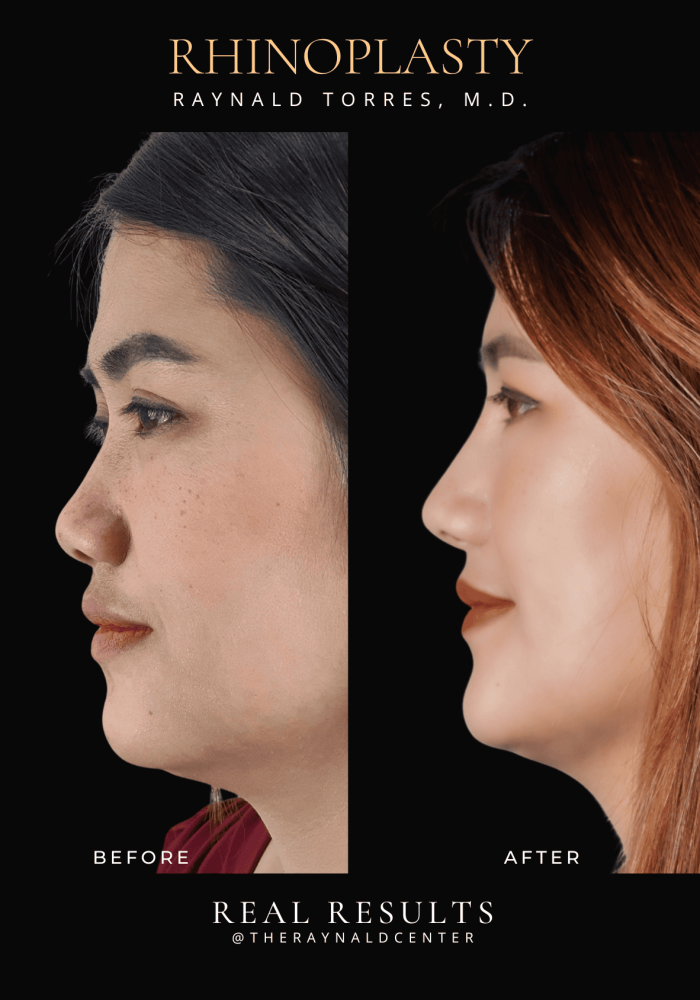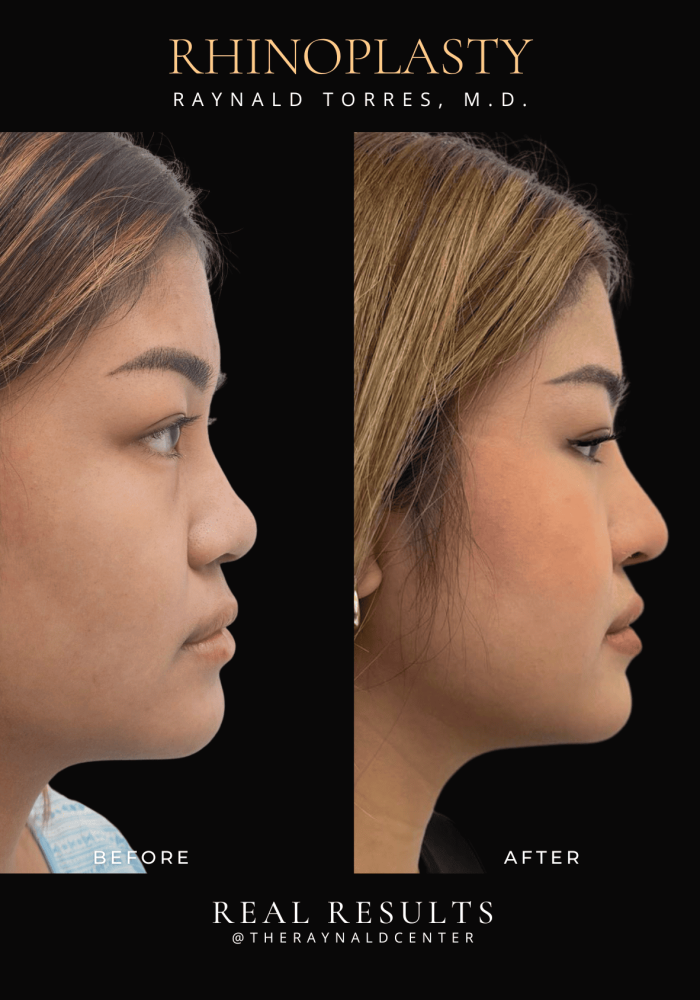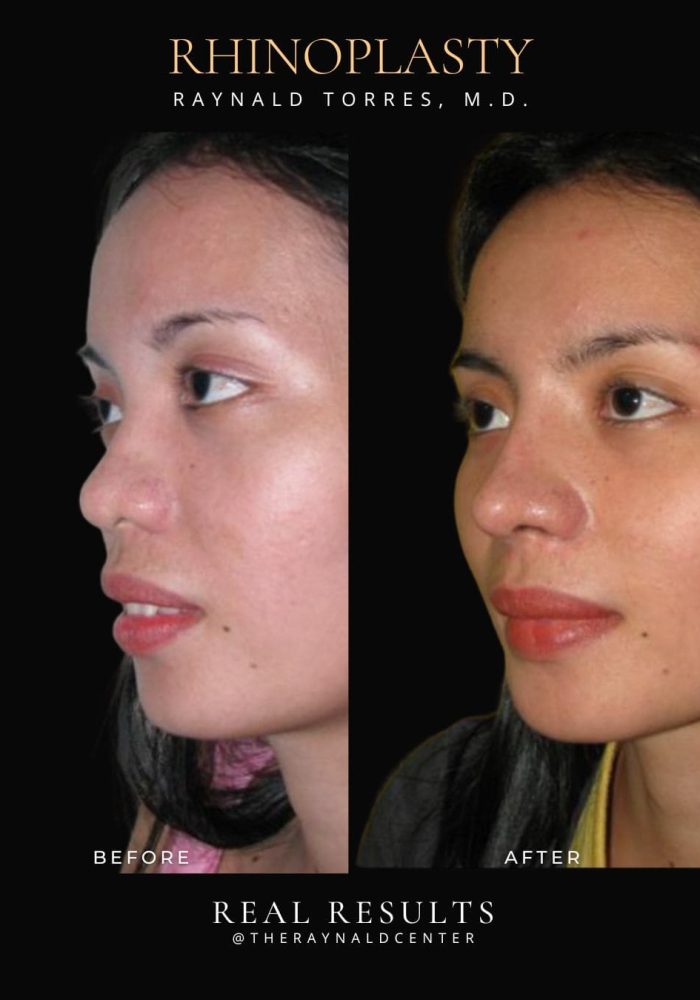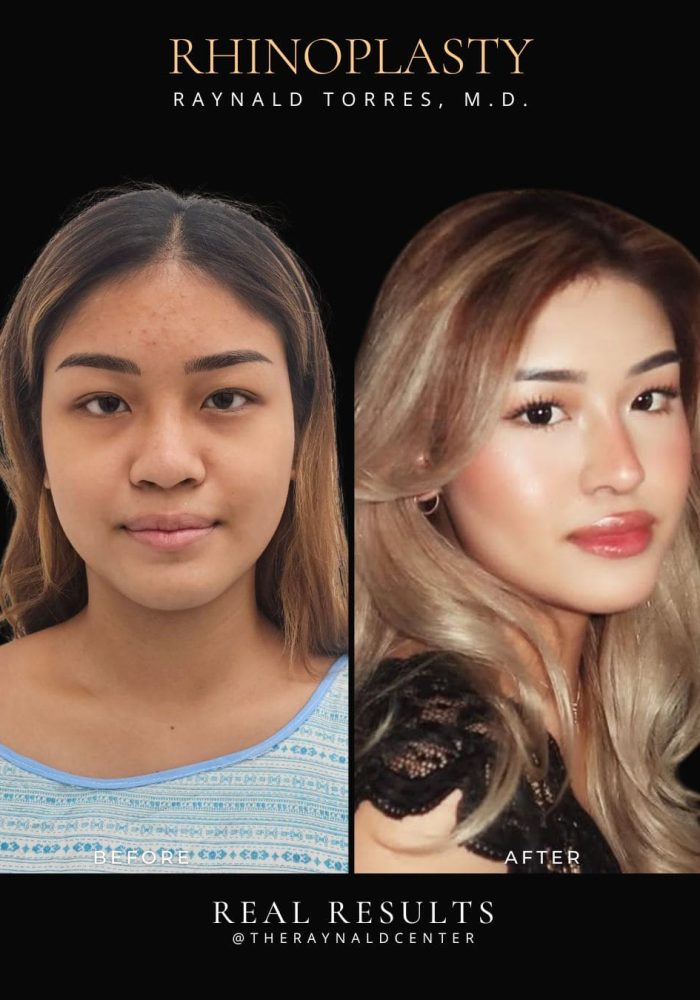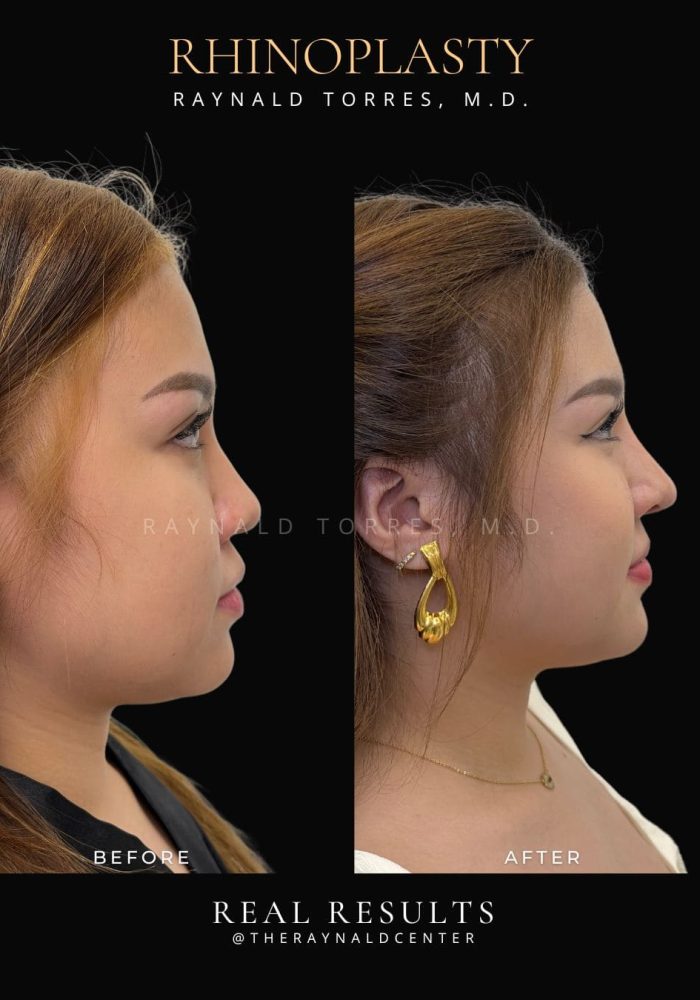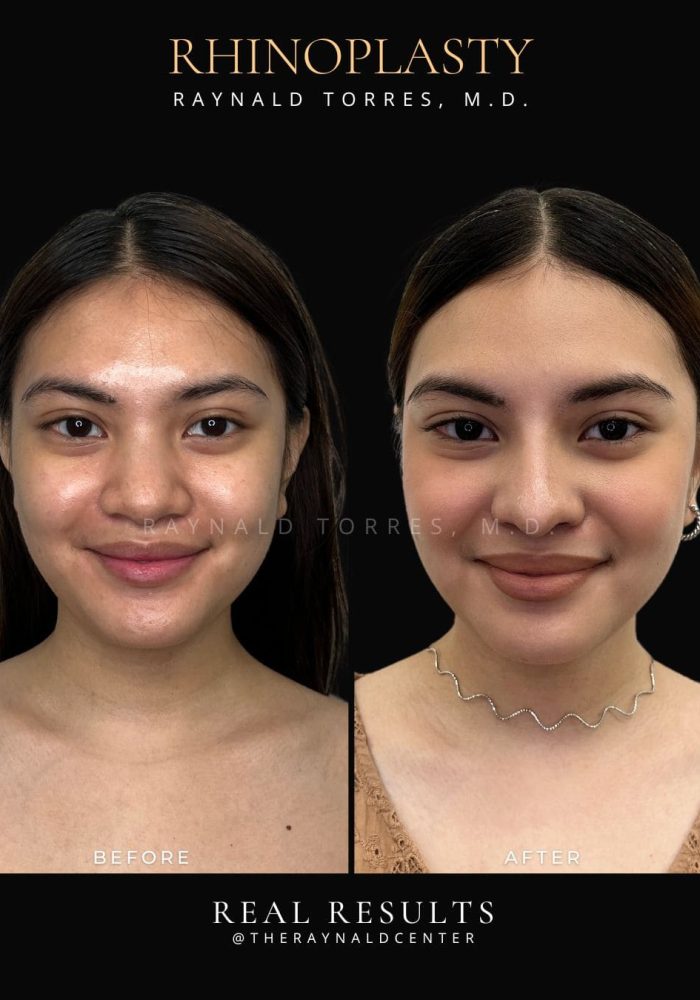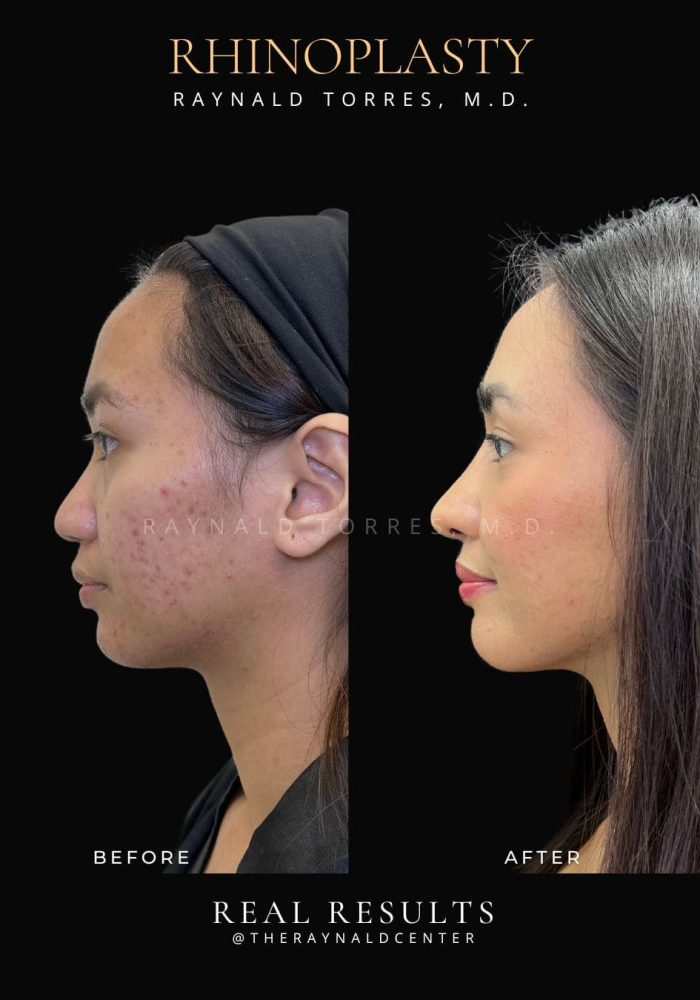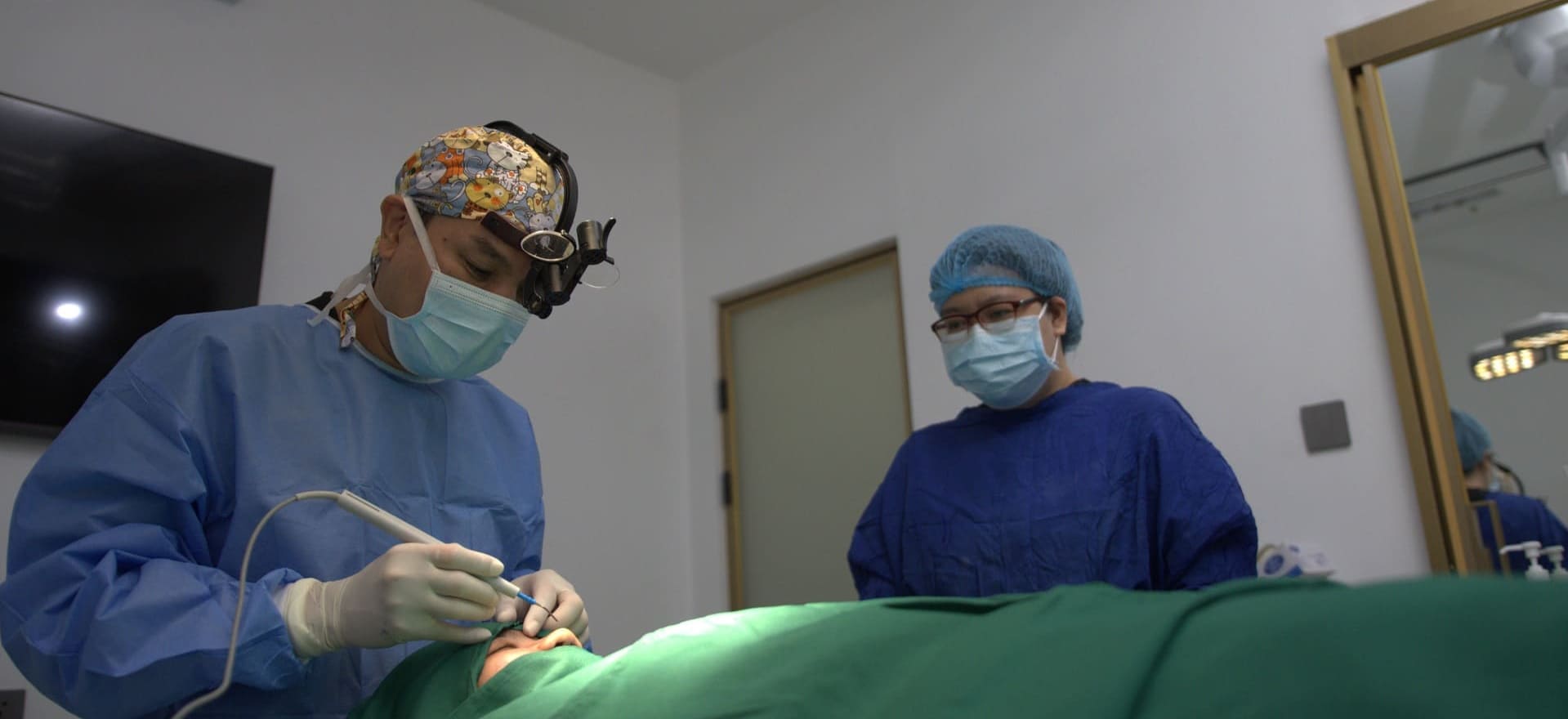
Caucasian Rhinoplasty / Nose Reduction
BEFORE AND AFTER
videos
What is Caucasian Rhinoplasty?
Caucasian rhinoplasty is often a surgery of refinement—aimed at reducing and reshaping rather than augmenting. While every patient’s goals are unique, this procedure commonly addresses a prominent dorsal hump, a drooping or bulbous nasal tip, and a nasal bridge that may appear too high or wide in profile. One of the more frequent concerns among Caucasian patients is a crooked or deviated nose, often the result of injury, genetics, or a combination of both. In these cases, rhinoplasty is not only cosmetic but also functional—restoring symmetry and improving nasal airflow when deviation impacts breathing.
Unlike Asian rhinoplasty, which often requires augmentation using cartilage grafts or implants, Caucasian noses typically require reduction and structural reshaping. This includes carefully shaving down the dorsal hump, refining cartilage in the nasal tip, and subtly rotating the tip upward for patients with a droopy appearance. When correcting a crooked nose, the nasal bones and septum are repositioned with precision, creating a straighter and more balanced appearance. Functional components such as septoplasty may be performed simultaneously to address breathing difficulties caused by a deviated septum or internal valve collapse.
A key priority in every case is achieving a natural-looking result—one that fits harmoniously with the rest of the face and avoids the common pitfalls of overcorrection. The nose should never appear pinched, overly narrow, or too upturned. Instead, the goal is to refine without erasing identity, keeping the nose strong yet elegant, and maintaining good structural support to ensure long-term stability and beauty.
Surgical techniques are always customized to suit the individual’s anatomy and aesthetic goals. Care is taken to avoid an overly “done” look—preserving the natural ethnic character of the face while achieving better proportion and facial harmony. In cases of revision rhinoplasty, where a previous surgery may have left structural or aesthetic issues, the procedure becomes more complex. It may require cartilage grafts to rebuild support and careful planning to restore both appearance and function. Whether it’s a first-time surgery or a revision, the approach remains the same: balance, precision, and results that age gracefully with the patient.
Pre-Procedure Guidelines
To ensure your safety and achieve optimal results, please carefully follow the instructions below in preparation for your rhinoplasty procedure:
1. Medical Clearance & Testing
Complete all required laboratory tests, imaging, and medical evaluations as advised.
Disclose your full medical history and any underlying conditions to your surgeon.
2. Medications & Supplements
Stop taking blood thinners (e.g., aspirin, ibuprofen), vitamin E, herbal supplements, or any medication that may affect blood clotting at least 10 days before surgery, unless instructed otherwise.
Continue any necessary prescription medications with a small sip of water, unless advised to stop.
3. Smoking & Alcohol
Stop smoking at least 4 weeks before surgery, as it can delay wound healing and increase complications.
Avoid alcohol for at least 48 hours before the procedure.
4. Fasting
Do not eat or drink anything (including water) after midnight the night before surgery.
If your surgery is scheduled in the afternoon, follow your anesthesiologist’s instructions on fasting.
5. Day of Surgery
Wear comfortable, loose-fitting clothing that opens at the front (avoid pullovers).
Remove all makeup, nail polish, jewelry, piercings, and contact lenses.
Arrive at the clinic/hospital with a responsible adult who can accompany you home and assist you during recovery.
6. Prepare Your Recovery Space
Set up a clean, comfortable space where you can rest post-surgery with your head elevated.
Have cold compresses, prescribed medications, and soft food ready for use.
Post Procedure Guidelines
Please follow these instructions carefully after your surgery to support healing and ensure the best outcome:
Swelling & Bruising
Mild to moderate swelling and bruising around the nose and face are normal and will begin to subside within 2–3 days.
Ear dressings, if used, may be removed after 24 hours unless instructed otherwise.
Activity Restrictions
For 2 weeks, avoid bending over, lifting heavy objects, or any strenuous physical activity that may increase nasal pressure.
No contact sports or activities with risk of impact for 3 months, unless cleared by your surgeon.
No swimming for 6 months, unless specified otherwise.
Do not wear glasses or sunglasses that rest on the nose for 3 months.
Cold & Warm Compress
Apply an ice-cold compress to the cheeks and eyes (not directly on the nose) for the first 48 hours to minimize bruising and swelling.
After 48 hours, switch to a warm compress to help reduce any remaining swelling.
Use the warm compress for 20 to 30 minutes, 3 times daily or more frequently as needed.
Hygiene & Sun Protection
You may take a sponge bath and have your hair washed salon-style to avoid wetting the nose area.
Gently clean incision areas using distilled water and cotton buds, then keep them dry.
Avoid direct sun exposure on the nose for 6 weeks to prevent hyperpigmentation and delayed healing.
Medications & Healing
Take all prescribed medications exactly as directed.
Complete your antibiotic course within 7 days.
Continue any maintenance medications unless instructed otherwise.
Do not self-medicate or take over-the-counter supplements without consulting your surgeon.
Avoid alcohol for at least 48 hours while on pain medication.
Refrain from smoking, as it significantly delays healing and increases the risk of complications.
Infection Prevention & Warning Signs
Watch for the following signs of infection and contact us immediately if any occur:
Abnormal discharge (pus, foul odor, thick bloody, yellow, or green fluid)
Redness, swelling, or warmth around the nose or face
Persistent pain, fever, or chills

